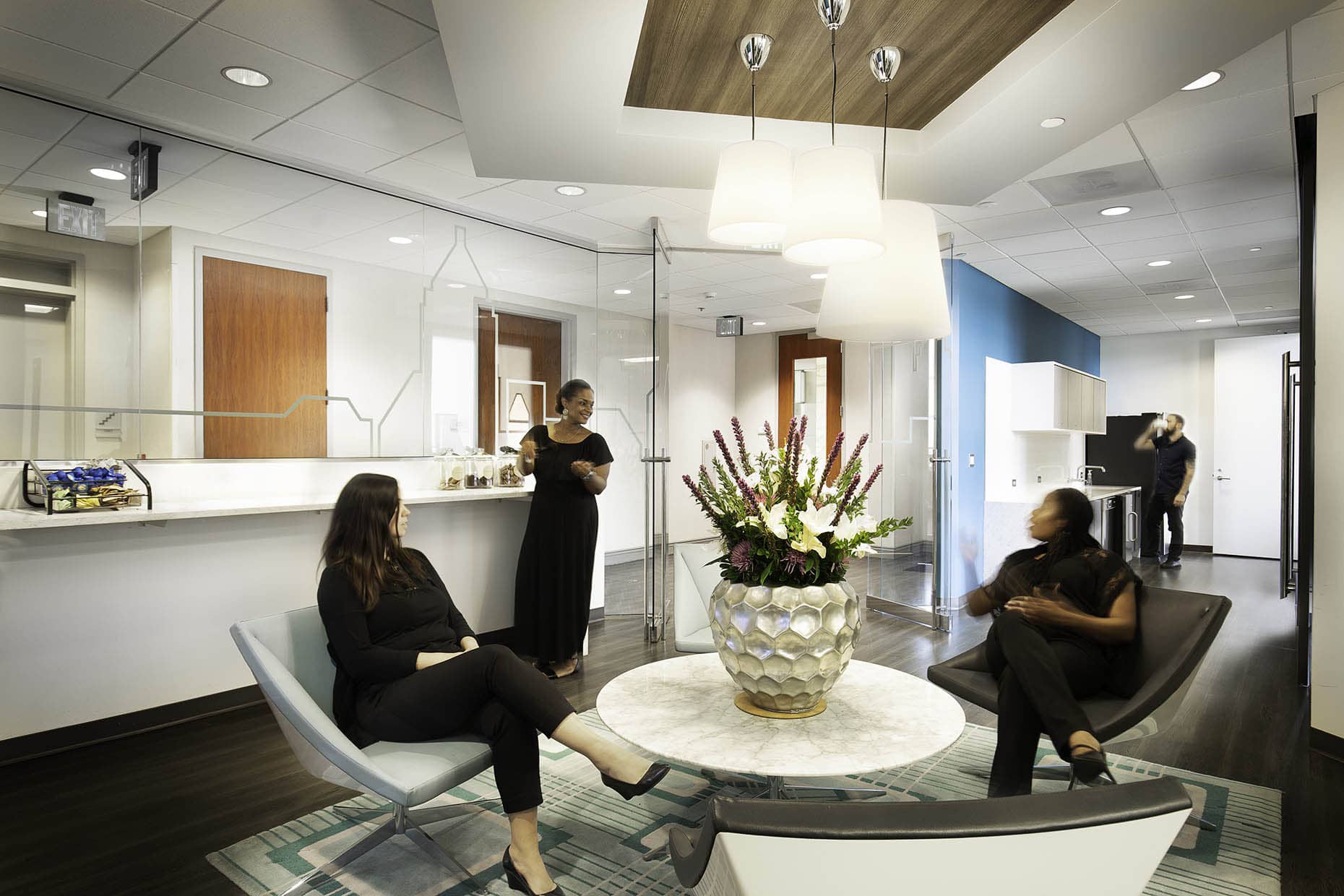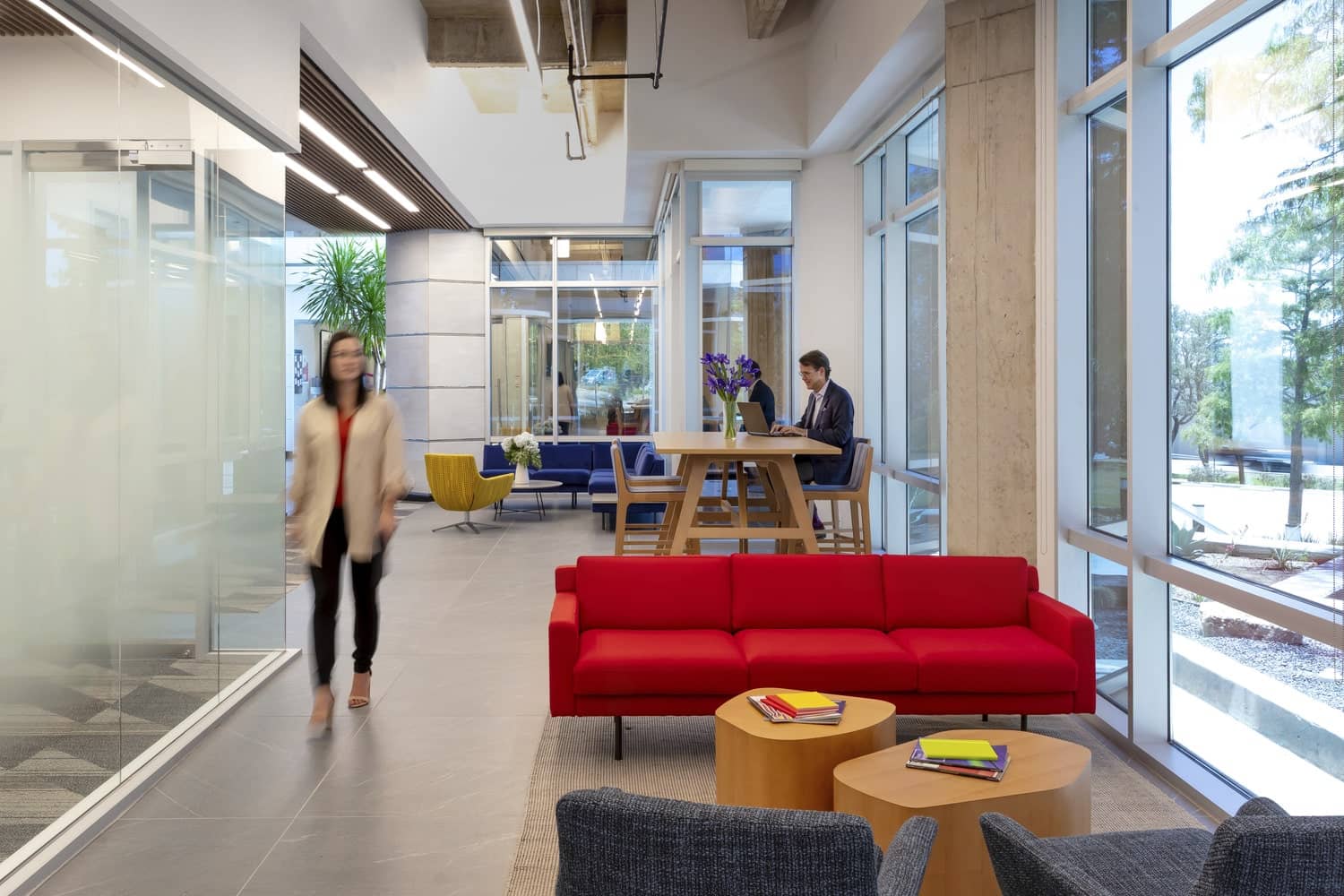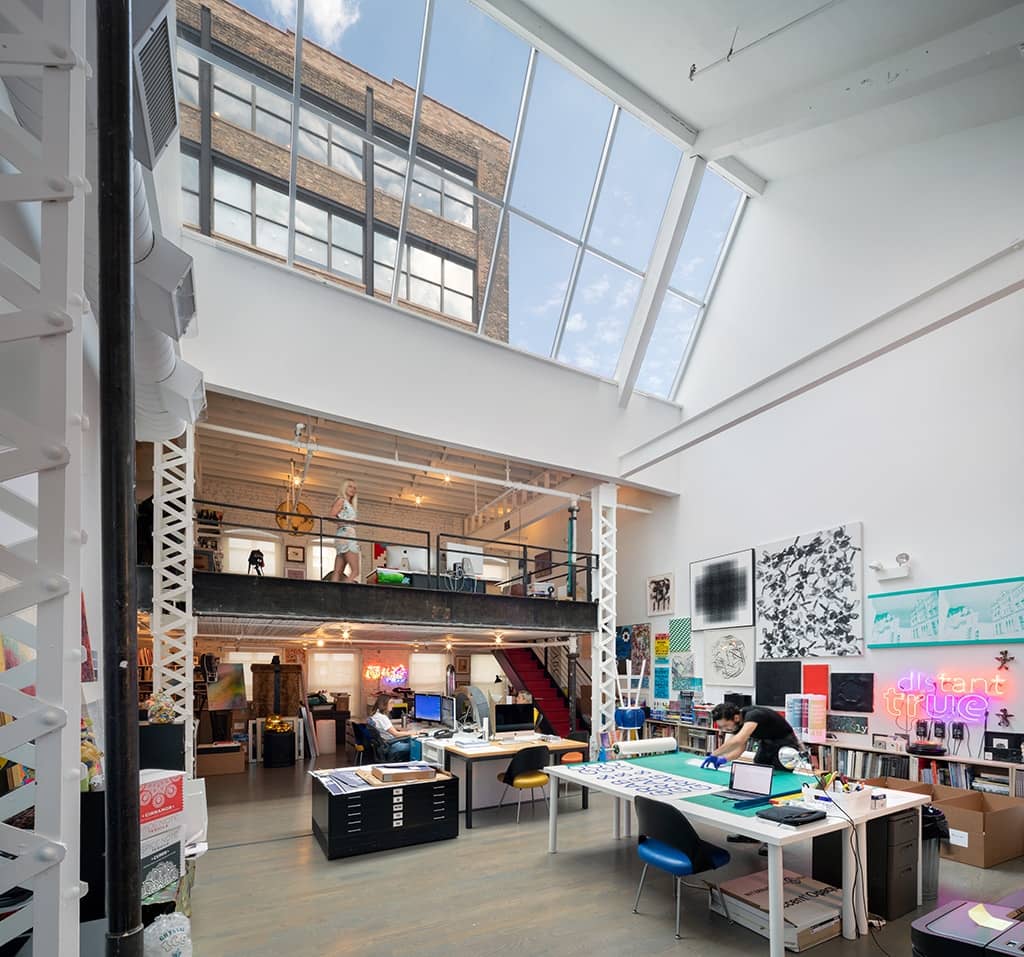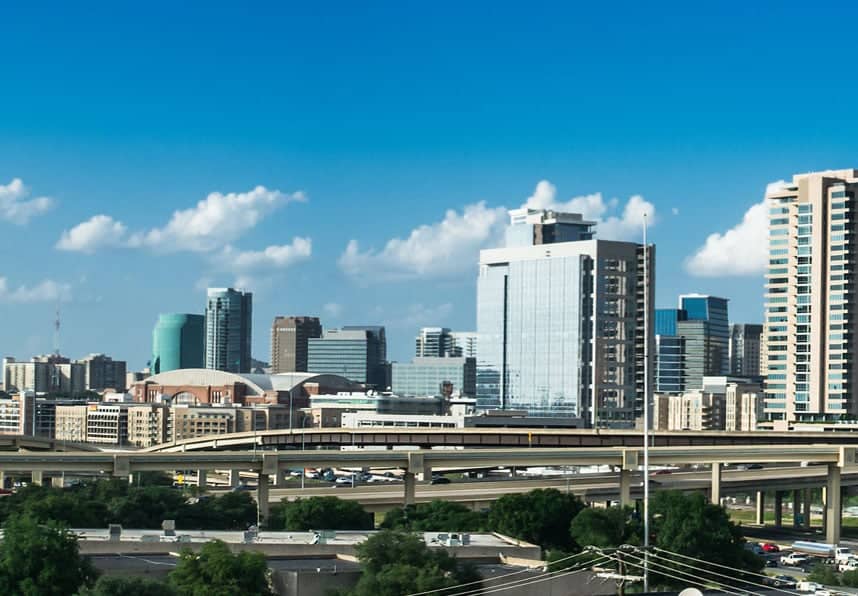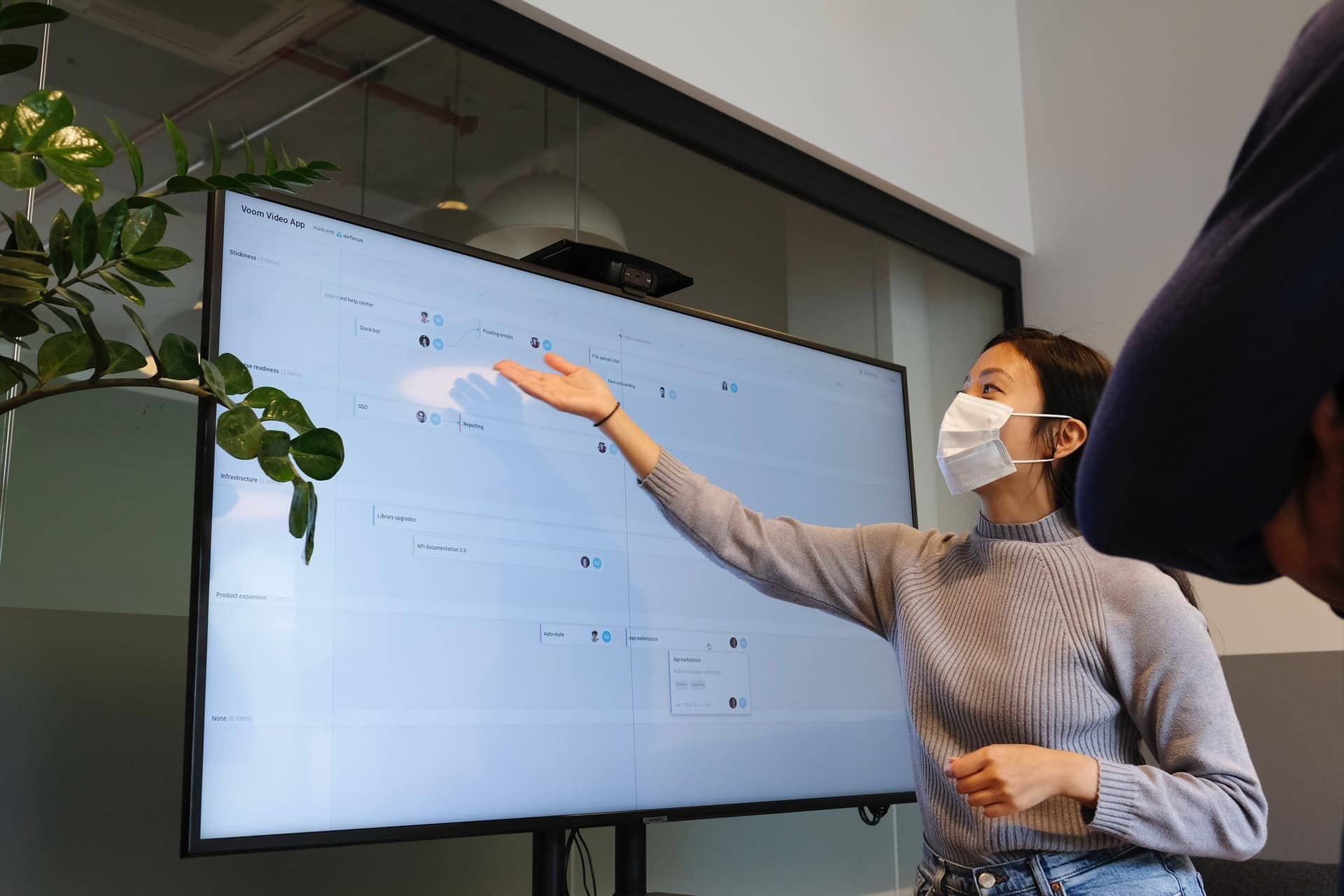History tells us we’ve seen such situations before.
“No pandemic or plague or natural disaster has killed off ‘the city,’ or humanity’s need to live and work in urban clusters,” says the Brookings Institute. “Not the Black Plagues of the 14th century, or London’s cholera epidemic in the 1850s, or even 1918’s Spanish Flu, which killed tens of millions of people worldwide. That’s because cities’ concentration of people and economic activity – which serves as the motor force for innovation and economic growth – is just too strong.”
The modern city will be with us going forward, but it won’t be the same. In just a few weeks, says Gallup, Americans have come to increasingly value “low-contact” services such as virtual doctor visits and curbside pick-ups. These evolving preferences could remain with us long after the virus has passed according to Gallup.
Despite a preference for low-contact services, people are ready for a normal work life. According to a recent Bloomberg article, people are feeling overworked, stressed and eager to get back to the office. For many people the office is much more than simply an address to report to work, the office can help define a company brand, promote safe employee engagement and could help boost retention and recruitment efforts, giving an organization an edge over competitors.
It follows that if society in general is changing then commercial office space must also evolve. COVID-19 has revealed opportunities for new and better ways to be productive, ways which will probably not be forgotten when the pandemic ends.
The new office: part of a larger picture
For the most part the “new office” will not be powered by futuristic technologies. Instead, we will largely see the adoption of systems and ideas already available. You can already see some surprising changes – the Supreme Court has agreed for the first time to hear cases by phone and in just a few weeks Goldman Sachs arranged for 98% of its employees to work from home offices.
Global Workplace Analytics estimates that about 60 million U.S. employees can potentially telecommute at least half time. The company also calculates that five million employees – about 3.6% of the US workforce — now work from home at least on a part-time basis.
These numbers suggest a few possible long-term changes:
- Offices will be re-arranged to accommodate new social distancing standards and those who work in commercial offices will have more space while working in-office, one of the most important amenities of all.
- If more of us work from home part-time it means, there will be fewer cars on the roads. Commuting will be easier and there will be less pollution.
The workplace changes now underway are likely to benefit early adopters. The reason is that the new office will include greater employee flexibility, a concept which can help employers recruit the best workers.
What the new office will look like
“The virus will dictate when we can eventually return to places of work and commerce, but the time to prepare is now,” said John Forrester, President of Cushman & Wakefield and Executive Chair of its Recovery Readiness Task Force.
The company has prepared a 34-page guide entitled Recovery Readiness A How-To Guide For Reopening Your Workplace. It’s based on Cushman & Wakefield’s experience helping clients and employees since April move “back into more than 800 million square feet of properties globally.”
The Cushman & Wakefield guide lists six workplace readiness essentials:
- Prepare the Building: cleaning plans, pre-return inspections, HVAC & mechanicals checks.
- Prepare the Workforce: mitigating anxiety, policies for deciding who returns, employee communications.
- Control Access: protocols for safety and health checks, building reception, shipping and receiving, elevators, visitor policies.
- Create a Social Distancing Plan: decreasing density, schedule management, office traffic patterns.
- Reduce Touch Points and Increase Cleaning: open doors, clean desk policy, food plan, cleaning common areas.
- Communicate for Confidence: recognize the fear in returning, communicate transparently, listen and survey regularly.
While these are great guidelines, some may wonder how to implement these changes in their office.
Reconfiguration of Space
As employees return to work the CDC is recommending that everyone still practice social distancing, meaning employers will need to reconfigure office space to enable social distancing. Employers will likely see significant innovation within office space designs over the next year as office owners reconfigure spaces to inspire collaborative environments, as well as maintain a safe distance.
Smart Tech
Employers and office owners should work together to consider incorporating voice command for frequently used items in order to limit the transmission of illness. Smart tech and touchless features are an easy way to show employees you’re keeping their health top of mind.
Integration of Health Focused Materials
Beyond touchless features, antibacterial materials should be made available to employees. Additionally, electrostatic should be considered for office cleaning. This method uses an electrostatic machine to spray all surfaces including chairs, keyboards, telephones, carpet, kitchen appliances, counter tops, file cabinets and door handles; covering all surfaces and in a quicker fashion. This method is compliant with CDC guidelines for COVID-19 cleaning.
Flexible Space and Schedules
The shift to remote working for all employees and processes has allowed them to identify what is working and what’s not. This renewed understanding of their business operations means working remotely part-time can more easily be incorporated into weekly routines. Some companies are considering staggered start times with some employees starting at 7am, 8am, 9am, and 10am. Additionally, creating employee teams for Team A to work in-office the first and third week of the month while Team B works in-office the second and fourth weeks of the month.
Going forward
Combined with guidance from local officials as well as the requirements unique to your organization, these are general guidelines on how commercial offices can be brought back on-line. This will happen across the country, gradually at first, and then with a great rush once the virus is made extinct. Things will be different, but in many ways, things may also be better and more productive.
